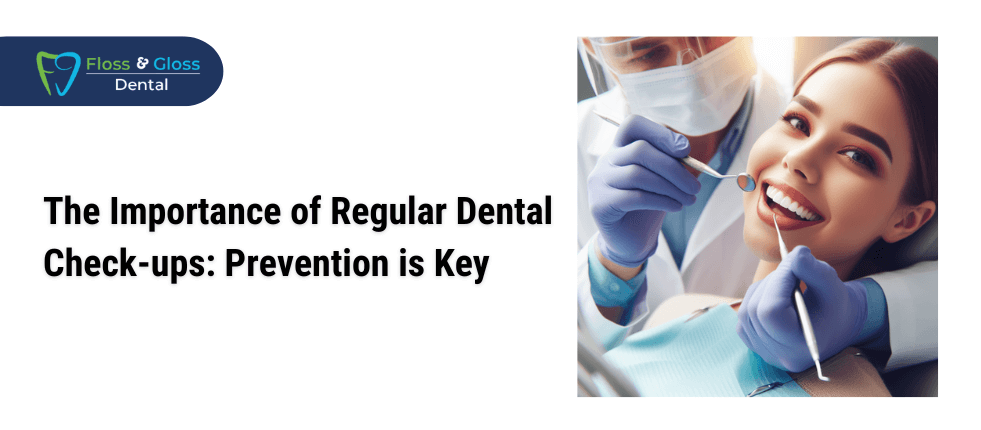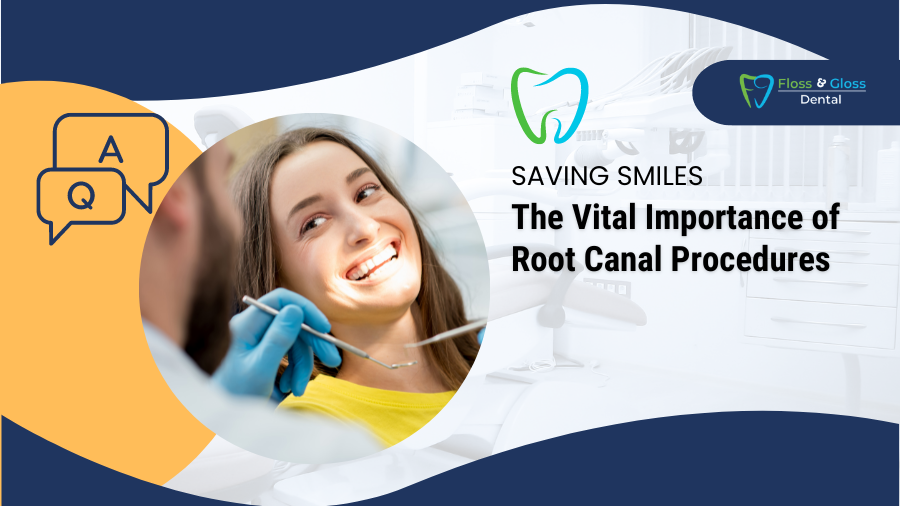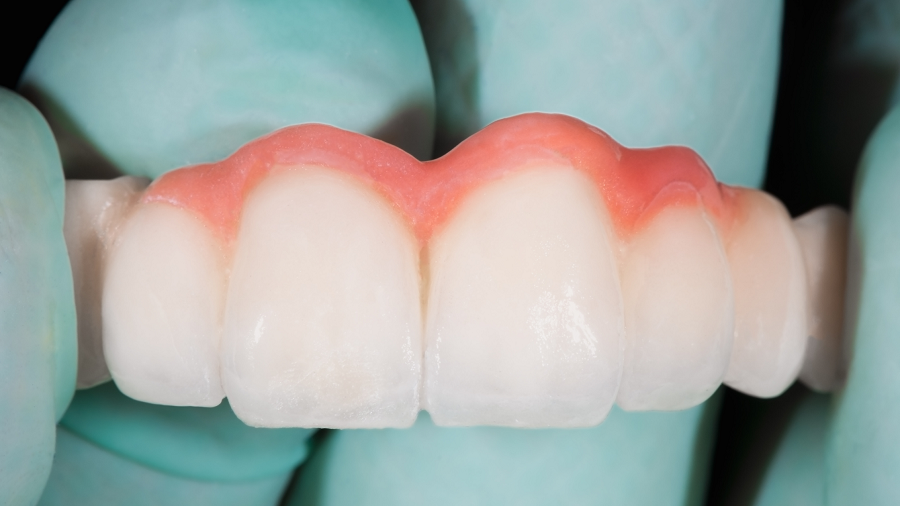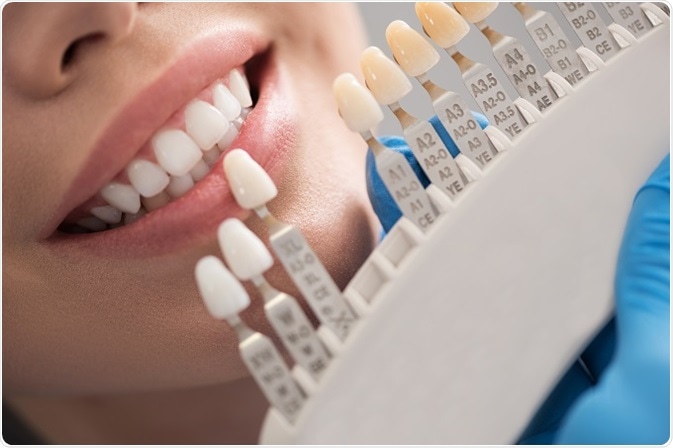Nobody really looks forward to going to the dentist, but regular dental checkups are crucial for keeping your mouth healthy. These visits help catch problems early—before they become painful or expensive—and help maintain your overall health, not just your smile.
But what actually happens during a dental checkup? If it’s your first time or it’s been a while, knowing what to expect can make the whole experience a lot less nerve-wracking. So, let’s walk you through what typically happens during a routine dental checkup and why each step matters.
1. Friendly Greeting and Quick Paperwork
When you arrive, the front desk staff will usually greet you warmly and confirm your appointment details. If it’s your first visit, you’ll be asked to fill out a medical history form. This helps the dental team understand any health issues, medications, or allergies that could affect your care.
Why It Matters:
Your overall health is closely linked to your oral health. Certain conditions like diabetes, heart disease, or even pregnancy can affect how your dentist treats you.
2. X-Rays: Seeing Below the Surface
Not every visit includes X-rays, but if it’s your first time or it’s been a year or more, your dentist may want updated images. These help detect issues not visible to the naked eye—like cavities between teeth, bone loss, or impacted teeth.
What to Expect:
You’ll wear a lead apron while the dental assistant takes pictures using a small camera placed inside your mouth. It’s quick and painless.
3. Dental Exam by the Hygienist
Next, the dental hygienist will do a basic oral exam to check your gums, teeth, tongue, and mouth. This is usually the first hands-on part of the checkup.
They Look For:
- Red, swollen, or bleeding gums
- Plaque and tartar buildup
- Signs of tooth decay or damage
- Oral cancer symptoms like sores or lumps
4. Professional Teeth Cleaning
This is what most people associate with their dental visit—the cleaning! The hygienist uses special tools to remove plaque and tartar that you can’t get rid of by brushing or flossing alone.
Steps in a Cleaning:
- Scaling – Removes hardened tartar around the gum line.
- Polishing – Smoothens teeth using a gritty toothpaste.
- Flossing – Gets between your teeth to catch anything missed.
Does It Hurt?
Cleaning can feel a little uncomfortable, especially if you have sensitive gums or lots of buildup. But it’s generally pain-free and leaves your mouth feeling super fresh.
5. Gum Health Check (Periodontal Exam)
The hygienist or dentist will use a tiny probe to measure the space between your gums and teeth. These measurements show if your gums are healthy or if you have signs of gum disease.
Healthy Gums = Healthy Body
Gum disease has been linked to serious health conditions like heart problems and diabetes, so this step is more important than many people realize.
6. Dental Exam by the Dentist
After the dental cleaning, the dentist will come in for a more detailed look. They’ll examine your teeth, gums, and mouth, review your X-rays, and talk with you about any concerns.
They Check For:
- Cavities
- Cracks or worn fillings
- Oral cancer signs
- Jaw issues or bite alignment
- Wisdom teeth problems
This is also your time to bring up any pain, sensitivity, or cosmetic concerns you’ve been having.
7. Discussion and Treatment Plan (If Needed)
If the dentist finds anything concerning, like a cavity or gum inflammation, they’ll explain the issue and recommend treatment. You’ll talk about options, costs, and timelines, and they’ll answer any questions you might have.
No Pressure Zone
Don’t worry—your dentist won’t force you into any treatment. It’s all about making informed decisions together.
8. Fluoride Treatment (Optional but Helpful)
Many checkups end with a fluoride treatment, especially for kids or people with a high risk of cavities. A fluoride gel or foam is applied to your teeth to strengthen enamel and prevent decay.
Quick and Easy:
You’ll wear a small tray or have a varnish brushed onto your teeth. It only takes a few minutes and offers months of protection.
9. Helpful Tips and Home Care Guidance
Before you leave, the hygienist may give you personalized advice on brushing, flossing, and lifestyle habits. You might also get a goody bag with a toothbrush, floss, and toothpaste.
Common Advice Includes:
- Using a soft-bristled toothbrush
- Flossing before bed
- Avoiding sugary snacks
- Drinking more water
10. Scheduling Your Next Visit
Most dentists recommend coming in every six months. Before you head out, you’ll be asked to schedule your next checkup to keep your smile in shape year-round.
Frequently Asked Questions
1. How long does a routine dental checkup take?
Most checkups take between 45 minutes to an hour, depending on whether you’re getting X-rays or additional treatments.
2. Is it okay to eat before a dental appointment?
Yes, but it’s best to brush your teeth afterward to avoid food particles during your exam.
3. Will a dental checkup hurt?
Routine checkups are usually painless. Some people may feel mild discomfort during cleaning if they have sensitive gums.
4. Can I skip X-rays?
While you can discuss concerns with your dentist, X-rays help detect problems that might be missed during a visual exam.
5. Are dental checkups covered by insurance?
Most dental insurance plans cover two checkups a year. It’s a good idea to check with your provider beforehand.
6. What if I haven’t seen a dentist in years?
Don’t worry—dentists are used to seeing patients after long gaps. They’ll help you get back on track without judgment.
7. What can I expect during a routine dental checkup in Bedford, TX?
At most Bedford dental clinics, a routine checkup includes a thorough cleaning to remove plaque and tartar, a full examination of your teeth and gums, and possibly X-rays to spot issues not visible to the eye. Your dentist will also discuss any concerns, offer prevention tips, and recommend follow-up care if needed. It’s a simple, stress-free visit that helps catch problems early.
Conclusion: A Small Visit for a Big Difference
A routine dental checkup might not be your idea of fun, but it’s one of the easiest ways to protect your health. Knowing what to expect makes the experience much less intimidating—and can even make it something you look forward to! With just two visits a year, you’ll keep your teeth strong, your gums healthy, and your confidence shining.





